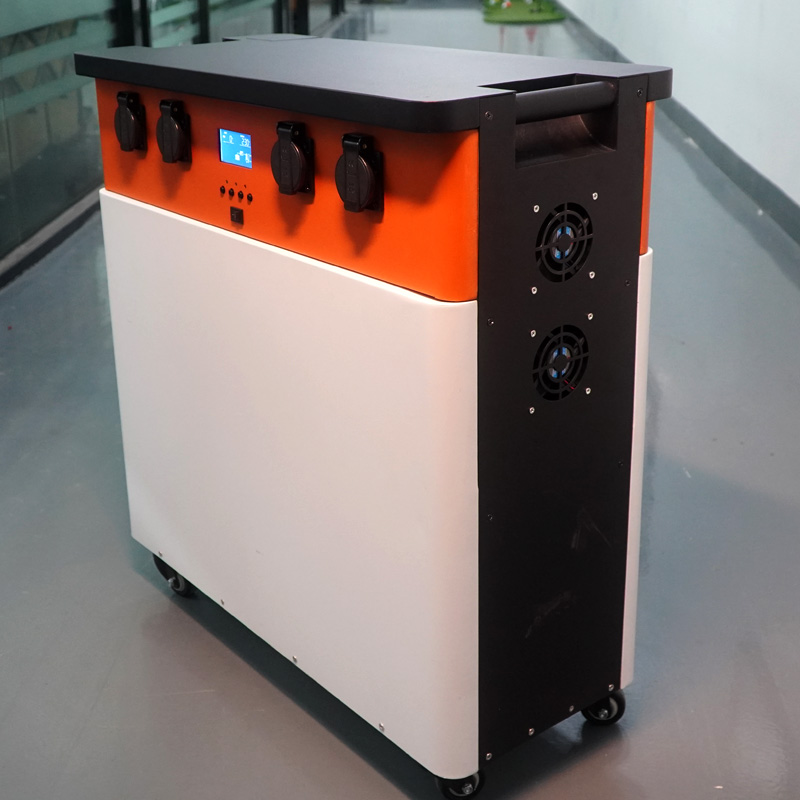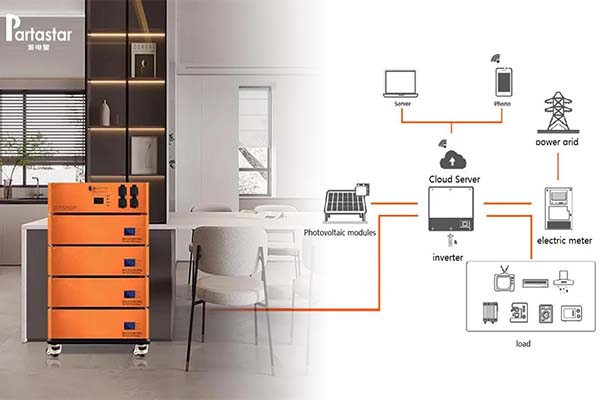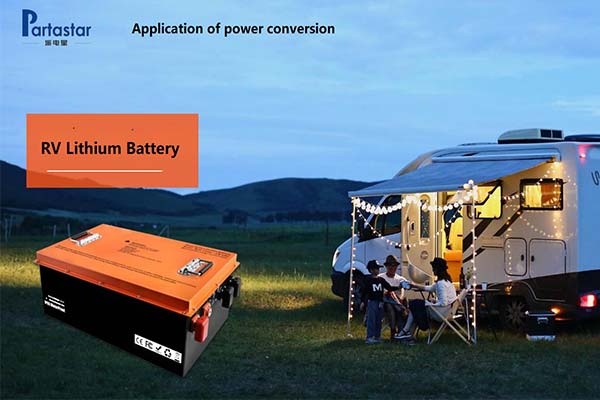Lithium battery power stations have gained significant popularity as portable and versatile energy storage solutions. These devices offer a reliable source of power for a variety of applications, ranging from camping and outdoor activities to emergency backup power. However, understanding the charging time required for a lithium battery power station is crucial for effectively planning and utilizing these devices. In this article, we will explore the factors that influence the charging time of lithium battery power stations and provide insights into estimating their charging duration.
Charging Methods and Input Power
Lithium battery power stations typically support multiple charging methods to accommodate different user needs and environments. The most common charging methods include AC (wall outlet), DC (car charger), and solar panel charging. The charging time can vary significantly depending on the charging method selected, the power station's capacity, and the available input power.
AC Charging: When using an AC charger, the power station is connected to a standard wall outlet. AC charging typically provides a higher power input, resulting in faster charging times compared to other methods. The charging time for a lithium battery power station can range from a few hours to several hours, depending on factors such as the power station's capacity, battery chemistry, and charging efficiency.
DC Charging: DC charging involves using a car charger or any other DC power source to charge the power station. The charging time for DC charging is generally longer compared to AC charging, as the power input is typically lower. The charging time can vary based on the available power output of the DC source and the power station's charging capabilities.
Solar Panel Charging: Many lithium battery power stations are compatible with solar panel charging, which provides a renewable and off-grid charging option. The charging time for solar panel charging depends on factors such as the solar panel's wattage, sunlight intensity, and the power station's capacity. Solar charging is generally slower compared to AC or DC charging, but it offers the advantage of charging the power station using sustainable energy sources.
Power Station Capacity and Charging Speed
The charging time of a lithium battery power station is significantly influenced by its capacity and the charging speed it supports. Power stations with higher capacities generally require more time to charge compared to lower capacity models. This is because larger capacity power stations have more battery cells that need to be charged.
The charging speed of a power station is measured in terms of the maximum power input it can handle. Power stations with higher charging speeds can accept a higher power input, allowing for faster charging times. Manufacturers often specify the maximum charging speed in their product specifications, which can help users estimate the charging time required for their specific power station.
Efficiency and Conversion Losses
Efficiency plays a crucial role in determining the charging time of a lithium battery power station. During the charging process, energy losses occur due to conversion inefficiencies and heat dissipation. These losses reduce the overall charging efficiency and increase the charging time.
Lithium battery power stations typically have high charging efficiencies, but it's important to consider these losses when estimating the charging time accurately. The charging efficiency can vary between different models and brands, so it is advisable to refer to the manufacturer's specifications and user reviews for more precise information.
Battery State of Charge (SOC)
The initial state of charge (SOC) of the battery in the power station also affects the charging time. If the power station is completely discharged, it will take longer to charge compared to a partially charged power station. Charging from 0% to 100% typically takes longer than charging from, for example, 50% to 100%.
Conclusion
The charging time of a lithium battery power station depends on various factors, including the charging method, input power, power station capacity, charging speed, efficiency, and the battery's initial state of charge. AC charging generally offers faster charging times compared to DC and solar panel charging. Higher capacity power stations and those with higher charging speeds may require more time to charge. Additionally, efficiency and conversion losses must be considered to estimate the charging duration accurately. It is recommended to refer to the manufacturer's guidelines and specifications for specific charging time estimates. Understanding the charging time of a lithium battery power station allows users to effectively plan their power usage and ensure uninterrupted power availability for their portable energy needs.



